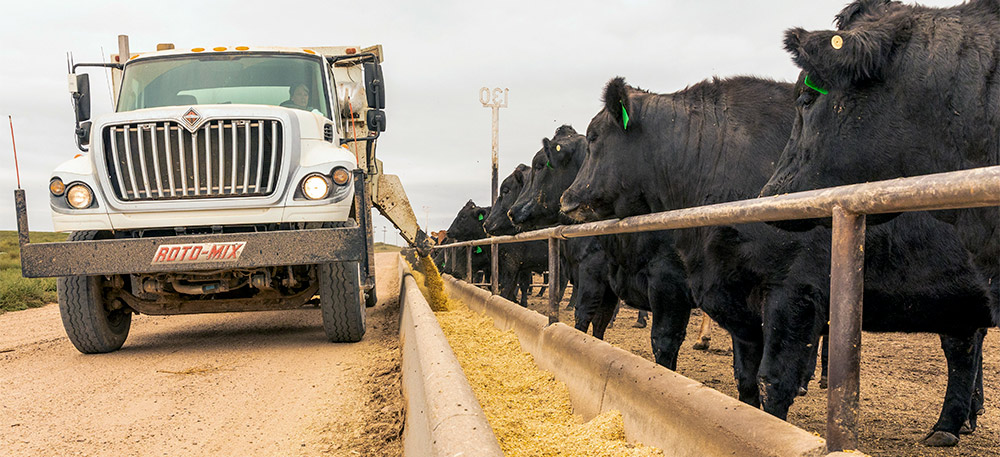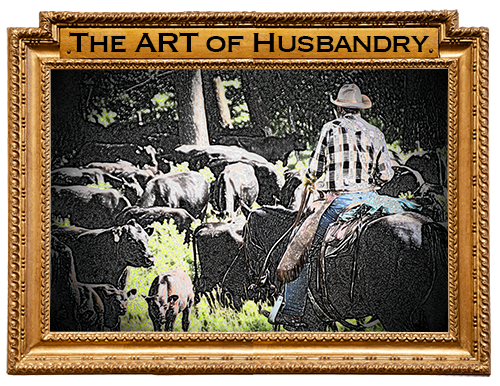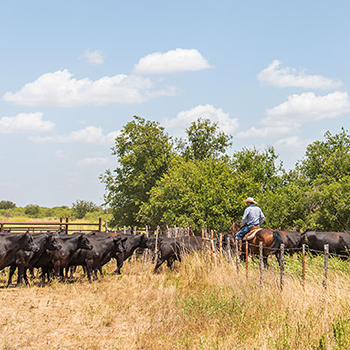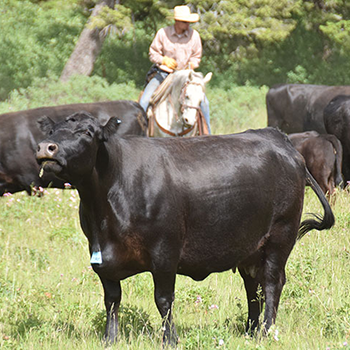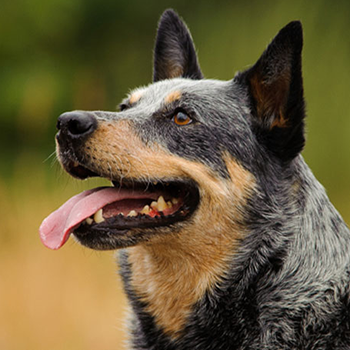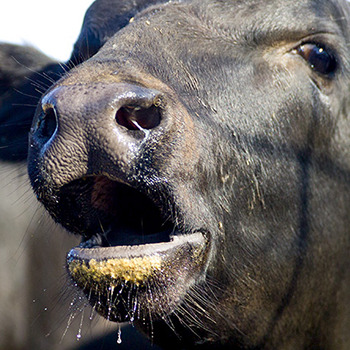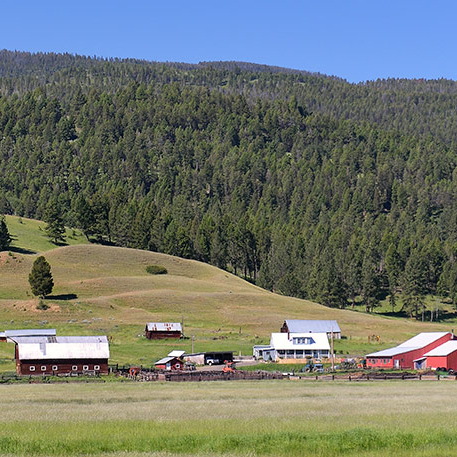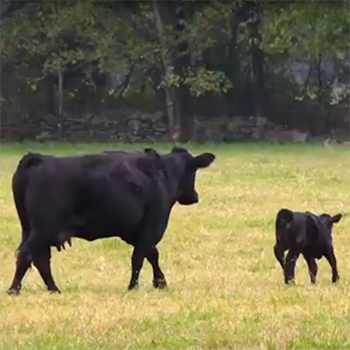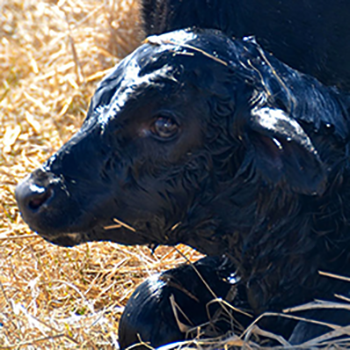Weighing the Alternatives
Beef cattle experts suggest factors for consideration when feeding coproducts.
Feed cost is often one of the most expensive inputs when trying to balance the beef cattle budget. To help reduce that expense, Midwestern producers will sometimes look to alternative feed products such as wet corn gluten, corn dried distillers’ grain with solubles (DDGS) or soy hulls, to name a few.
Fencing and Water for Beef Cattle
Tips offered for managing grazing operation.
The goal of any grazing operation is to introduce the cow or calf to forage in adequate quality and quantity for their needs. A majority of cattle operations in Nebraska use pasture or native range for grazing during the growing season, and crop residues or harvested purchased feed for the remainder of the year. Alternatives may include grazing cover crops in the production of traditional commodity crops, irrigation of grazed forages, and introduction of grasses into existing crop rotation and crop residues.
Grazing Cornstalks or Corn Residue?
Considerations given for grazing cornstalks.
Having cornstalks to graze is a great resource for livestock producers. For dry cows, it is a relatively inexpensive feed that can typically meet, or come very close to meeting nutritional needs. Grazing can also help get rid of corn remaining in the field and potentially reduce volunteer corn the following year, but are cattle really grazing stalks?
Helping the Newborn Calf Breathe
Here’s what to do when a calf is slow to breathe.
The fall calving season is upon us. Fortunately fall calves are usually a few pounds lighter at birth than are genetically similar spring calves. However, despite our best efforts at bull selection and heifer development, cows or heifers occasionally need assistance at calving time. Every baby calf has a certain degree of respiratory acidosis. Acidosis is the result of the deprivation of oxygen and the accumulation of carbon dioxide that results from the passage of the calf through the birth canal.
Corn residue: cheap grazing for cattle
Grazing corn can benefit both cattle and cropland.
Grazing drought-dried corn and cornstalks offers cattle inexpensive, nutritious forage, say two University of Missouri Extension specialists.
Many corn and livestock growers turned to longtime MU Extension Livestock Specialist Eldon Cole to ask about grazing dried-up corn after persistent drought in southwestern Missouri this season.
IBR Can Cause Eye Problems
A ‘pinkeye infection’ is not always caused by bacteria or irritants.
Sometimes producers experience what appears to be a pinkeye outbreak in a group of yearlings, but the animals don’t respond to antibiotic treatment. Or, they may see cases of pinkeye in the wintertime when there are no flies. This can be frustrating, and may also might indicate the problem is not a bacterial pinkeye infection at all. It might be an infectious bovine rhinotracheitis (IBR) problem.
Producers have Opportunities to Maximize Returns
Profits are possible with proper planning and controlling costs.
The cattle business is filled with risks. However, for all the uncertainty there are an ample amount of opportunities available for producers who manage their risks and plan accordingly. With so many external influencers in the cattle market such as the environment, the recession and a pandemic, it might seem daunting to plan for the future.
